About
Landlocked between India and China, Nepal is located in a rapidly changing part of the world. The country’s mountainous Himalayan terrain presents unique development challenges as well as opportunities. One of the poorest countries in the world, Nepal is a focus of U.S. development efforts in Asia, and the United States stands alongside the people of Nepal in creating a better future for all citizens.
Nepal has achieved significant development gains in recent decades, particularly in the fields of health and education. School enrollment has increased significantly, and the maternal mortality rate has declined drastically, earning Nepal the Millennium Development Goals’ “Millennium Award” in 2010. Nevertheless, an estimated 25 percent of Nepalis live below the poverty line. Key challenges include stagnant economic growth, poor road connectivity, high malnutrition among children, acute food shortages, low net enrollment rate at secondary education level, and climate change risks. Nepal continues to struggle with the effects of a decade-long insurgency that ended in 2006 but has resulted in frequent changes in government leadership, interest groups jostling for power, and political and social divisions. Also threatening Nepal’s development are risks related to glacial melt in the Himalayas, which can lead to dwindling water sources in some areas and increased flooding in others (with potential effects on other downstream countries as far away as China, India, Pakistan, Bangladesh, Burma, Thailand, and Vietnam).
USAID programs seek to cement recent gains in peace and security, stabilize the transitional government, strengthen the delivery of essential social services, and address the global challenges of food insecurity and climate change. In 2010, Nepal was named a focus country under all three presidential development initiatives—Feed the Future, the Global Health Initiative, and the Global Climate Change Initiative—which will improve USAID’s ability to expand development efforts in the country.
Contact Information
Mission Contact
Headquarters Contact
Mission Director
Last updated: March 01, 2013

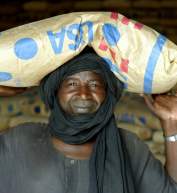
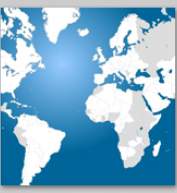

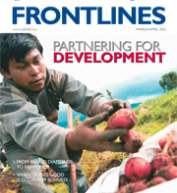
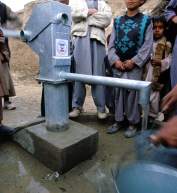
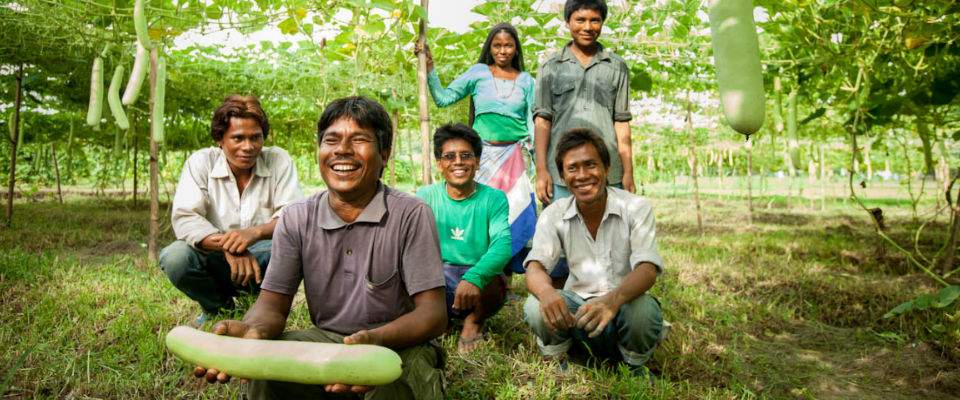



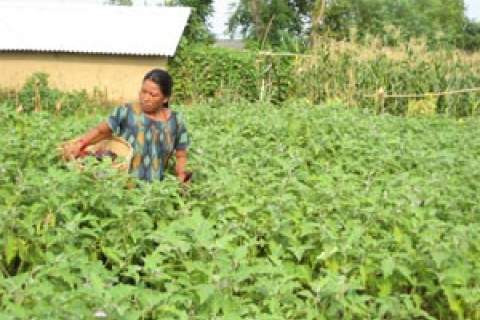



Comment
Make a general inquiry or suggest an improvement.